
Gyeongju Folk Craft Village Bomun
Step back in time at Gyeongju Folk Craft Village Bomun, where traditional Korean houses meet skilled artisans crafting unique pottery and more.
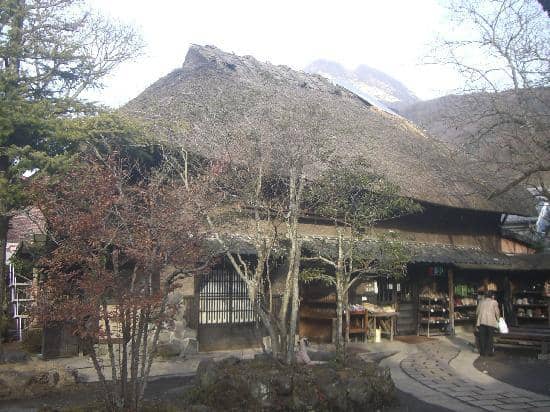
Highlights
Must-see attractions
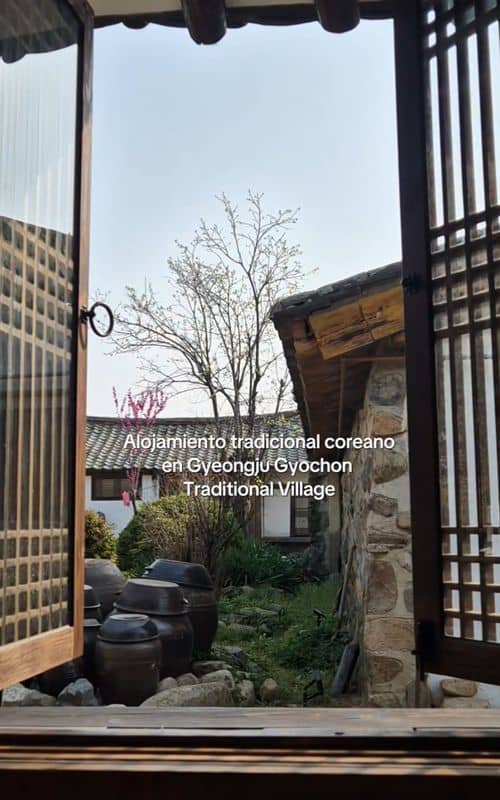
Social
From TikTok & Reddit
Best Time
Fewer crowds, more artisan interaction

Gyeongju Folk Craft Village Bomun
Best Time
Fewer crowds, more artisan interaction

Highlights
Must-see attractions
Step back in time at Gyeongju Folk Craft Village Bomun, where traditional Korean houses meet skilled artisans crafting unique pottery and more.
"Loved this little village; a place of craftsmanship and selling goods with high quality marksmanship."
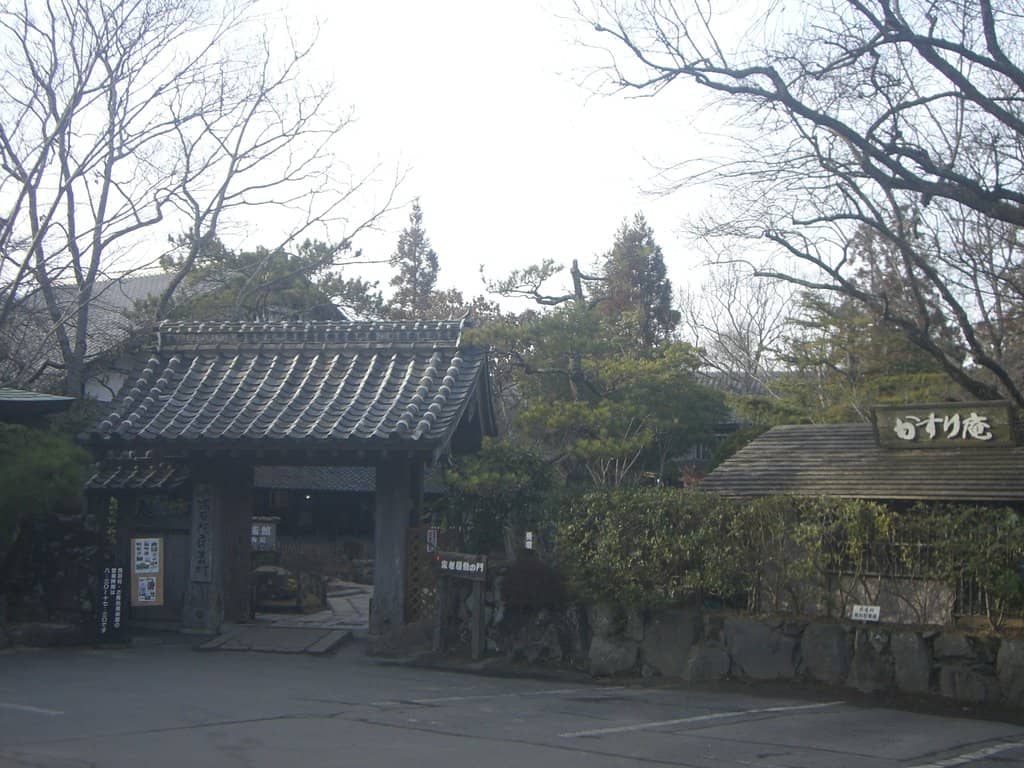
🛍️ Shop Smart for Pottery
Prices can vary; shops closer to the parking lot or within private homes might offer better deals than the main shop.
🚶♀️ Explore the Loop
Take your time to walk the entire village loop and visit each shop for a comprehensive experience.
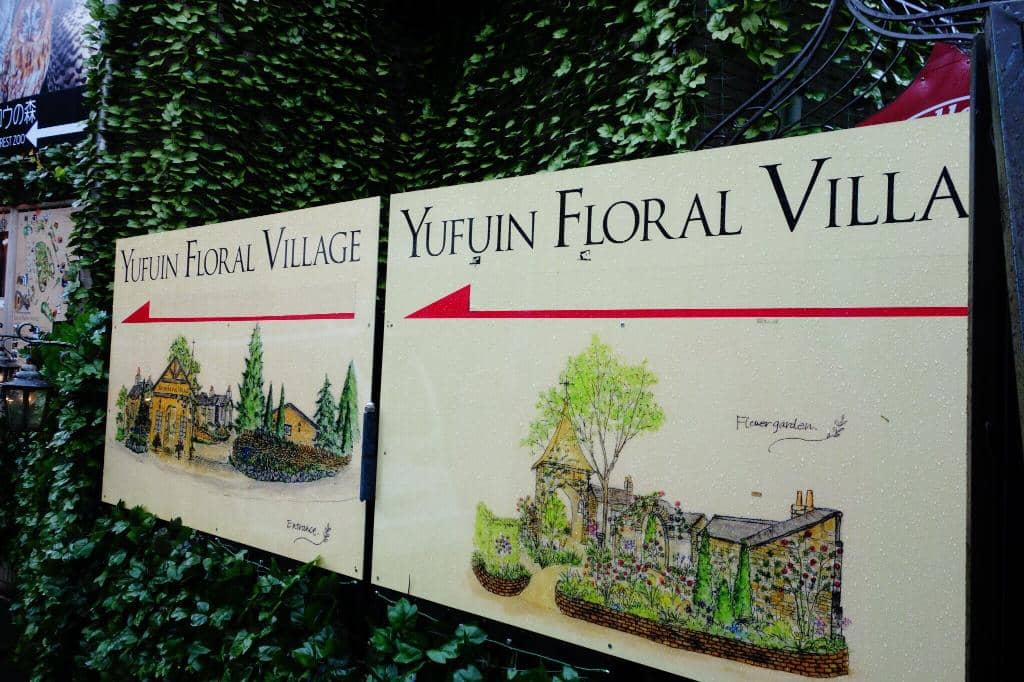
Highlights
Discover the most iconic attractions and experiences
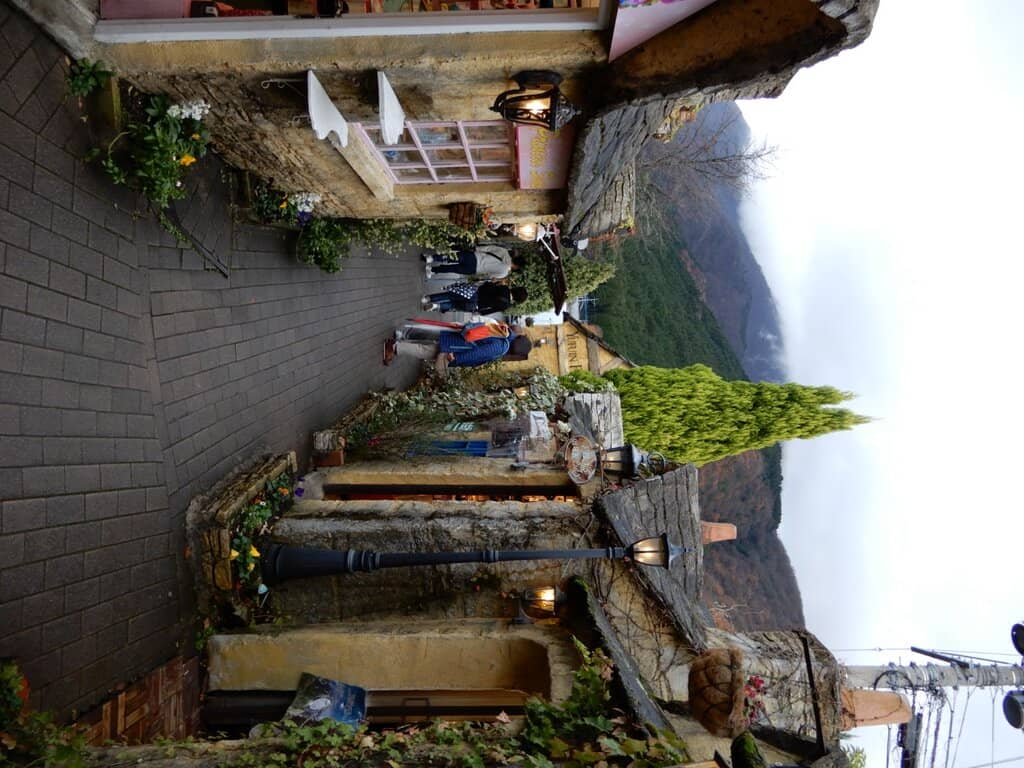
Artisan Workshops
Throughout the village
Witness skilled craftspeople at work, from pottery to traditional weaving. Purchase unique, handmade souvenirs directly from the makers.
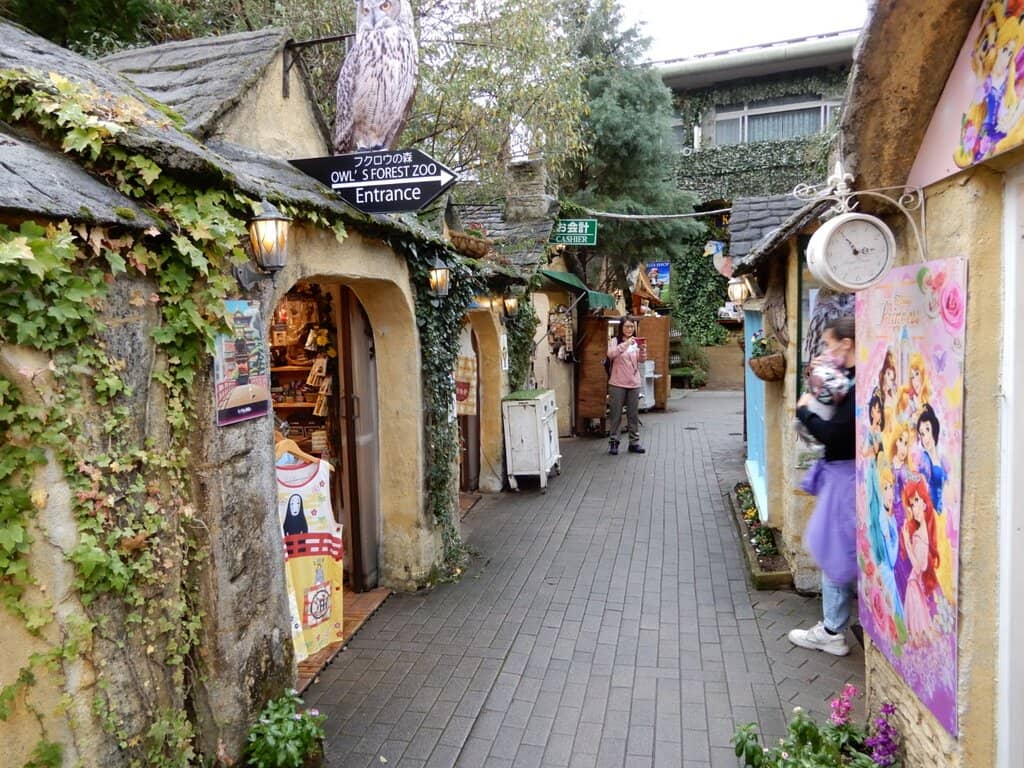
Traditional Korean Houses (Hanok)
Scattered throughout the village
Wander through beautifully preserved hanok, experiencing the architectural charm and historical ambiance of old Korea.
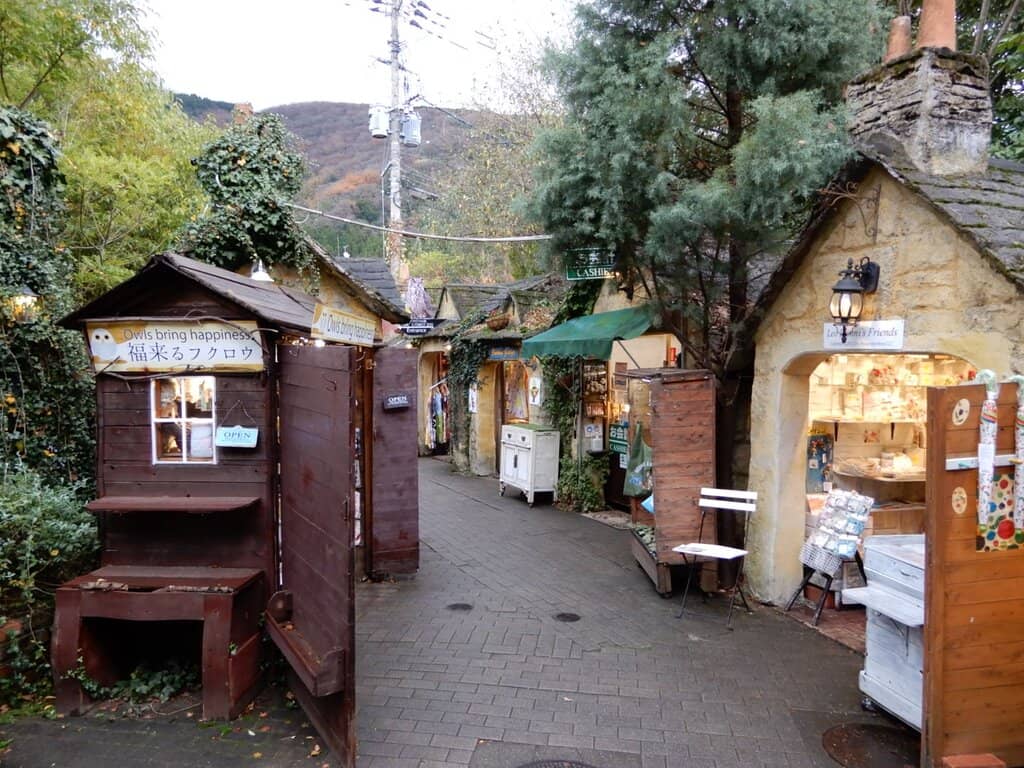
Silla History Museum
At the top of the village
Gain insights into the rich history and achievements of the Silla Kingdom, the ancient capital of which Gyeongju was.
Plans like a pro.
Thinks like you
Planning Your Visit
Embrace the Past, Explore the Crafts
Timing is Key for Craft Discovery
Best Times
Insider Tips
from TikTok, Instagram & Reddit
🛍️ Shop Smart for Pottery
Prices can vary; shops closer to the parking lot or within private homes might offer better deals than the main shop.
🚶♀️ Explore the Loop
Take your time to walk the entire village loop and visit each shop for a comprehensive experience.
🤝 Meet the Makers
Engage with the artisans; they're often happy to show you their tools, ovens, and the process of creation.
🕰️ Step Back in Time
Experiencing this village is like stepping back in time, offering a glimpse into traditional Korean culture.
Tips
from all over the internet
🛍️ Shop Smart for Pottery
Prices can vary; shops closer to the parking lot or within private homes might offer better deals than the main shop.
🚶♀️ Explore the Loop
Take your time to walk the entire village loop and visit each shop for a comprehensive experience.
🤝 Meet the Makers
Engage with the artisans; they're often happy to show you their tools, ovens, and the process of creation.
🕰️ Step Back in Time
Experiencing this village is like stepping back in time, offering a glimpse into traditional Korean culture.
What Travellers Say
Reviews Summary
Visitors praise the Gyeongju Folk Craft Village Bomun for its authentic portrayal of traditional Korean craftsmanship and architecture. The opportunity to see artisans at work and purchase unique handmade items is a significant draw. However, some find the museum dated and note that prices can vary between shops.
"The museum at the top of this village is dated but super awesome because it explains many of the Silla achievements around the city. We then visited the pottery stores where you meet the pottery makers and sculptures and can purchase their works. We loved this little village. Park and walk the loop to visit each shop."
C K
"Museum of old Korea stuff from 50-90 yy. Some things are interesting but mannequins look really scary. No any descriptions provided for the articles. The enterance fee is 15000 WON."
Andrey Zhidenkov
"Great temples, ancient castles covered around with breathtaking nature. You can take millions of pics here."
Dilshod Bakhtiyorov
What People Like
What People Dislike
Frequently Asked Questions
🚇 🗺️ Getting There
Gyeongju is accessible by KTX train from major cities like Seoul and Busan. From Gyeongju Station or bus terminal, local buses or taxis can take you to the village. Many visitors find it convenient to rent a car for exploring Gyeongju and its surroundings.
The village is a well-known attraction within Gyeongju, often mentioned alongside other historical sites. Using GPS or asking locals for directions to 'Gyeongju Folk Craft Village' or 'Gyochon Traditional Village' should lead you there.
Yes, Gyeongju is a popular day trip destination, especially from Busan. However, to truly appreciate its historical sites and craft villages, staying overnight is recommended.
🎫 🎫 Tickets & Entry
While wandering through the village itself is generally free, the Silla History Museum located within the village has an entrance fee, typically around 15,000 KRW.
The village itself is generally accessible during daylight hours. Individual artisan shops may have their own operating hours, so it's best to visit during typical business hours. The museum has specific opening and closing times.
For the craft village and most shops, advance booking is not necessary. However, if you plan to visit specific workshops or events, it's advisable to check their individual booking requirements.
🎫 🧭 Onsite Experience
The village is renowned for its pottery, but you can also find traditional weaving, woodcrafts, and other handmade items. Many artisans specialize in items inspired by Silla history.
Absolutely! Many artisans are happy to demonstrate their techniques and show you their tools and workshops. This is a highlight for many visitors.
The traditional Korean houses (hanok) and the artisan workshops offer picturesque settings. The overall ambiance of stepping back in time makes for many great photo opportunities.
The museum showcases artifacts and explains achievements of the Silla Kingdom. While some find it dated, it provides valuable context for the historical significance of Gyeongju.
🍽️ 🍽️ Food & Dining
While the focus is on crafts, there are usually small eateries or cafes within or near the village offering traditional Korean snacks and meals. Exploring nearby areas like Hwanglidan-gil can offer more dining options.
Gyeongju is known for 'Sikppang' (10-won bread), a sweet pancake-like snack. You can also find various traditional Korean dishes in restaurants around the city.
📸 📸 Photography
Early mornings or late afternoons offer softer light and fewer crowds, ideal for capturing the charm of the traditional houses and artisan activities.
The picturesque hanok architecture, the details of the craft workshops, and the overall historical atmosphere are great for photos. Look for unique textures and traditional elements.
For Different Travelers
Tailored advice for your travel style
👨👩👧 Families with Kids
For a more dynamic family outing in Gyeongju, consider visiting Gyeongju World Theme Park, which offers rides and entertainment. The city also has other historical sites that might appeal to older children interested in history, such as the Royal Tombs Complex.
🛍️ Budget Travelers
To save money on food, look for local markets or smaller eateries away from the main tourist hubs. Consider packing your own snacks and water. When traveling to Gyeongju, opting for public transportation like buses or trains can be more economical than private taxis.
📸 Photography Enthusiasts
Focus on capturing the details of the artisan's work – the hands shaping clay, the tools in use, and the finished products. The interplay of light and shadow on the wooden beams and tiled roofs of the hanok can create stunning compositions. Don't forget to capture the overall atmosphere of stepping back in time.
Deep Dives
In-depth insights and expert knowledge
The Art of Gyeongju Pottery
When visiting the pottery stores, don't hesitate to interact with the makers. They are often proud to showcase their tools, kilns, and the entire process, from shaping the clay to the final firing. This hands-on insight into the craft is a unique aspect of the village experience. You can purchase these high-quality, handmade items directly, making for a truly special souvenir.
It's worth noting that prices can vary. Some visitors suggest that shops closer to the parking area or those located within private homes might offer more competitive pricing compared to the main shop at the entrance. This allows you to find beautiful, authentic pieces while supporting local artisans.
Experiencing Traditional Korean Architecture
The village preserves the architectural style prevalent during the Silla Dynasty, offering visitors a tangible connection to Korea's past. Each hanok tells a story, showcasing the harmony between nature and human habitation that is a hallmark of traditional Korean design. The serene atmosphere of these structures provides a peaceful contrast to modern city life.
Many of these hanok now serve as workshops for artisans or small shops selling their crafts. This integration allows visitors to appreciate both the architectural beauty and the cultural practices that have endured for centuries. The visual appeal of these traditional buildings makes the village a highly photogenic location.
Gyeongju: The Open-Air Museum
Beyond the craft village, Gyeongju boasts numerous UNESCO World Heritage sites, including ancient royal tombs, Buddhist temples like Bulguksa, and astronomical observatories like Cheomseongdae. These sites collectively paint a vivid picture of the Silla Kingdom's power and cultural achievements.
Many visitors recommend dedicating at least a couple of days to explore Gyeongju to fully absorb its historical significance and diverse attractions, moving beyond just a quick day trip.


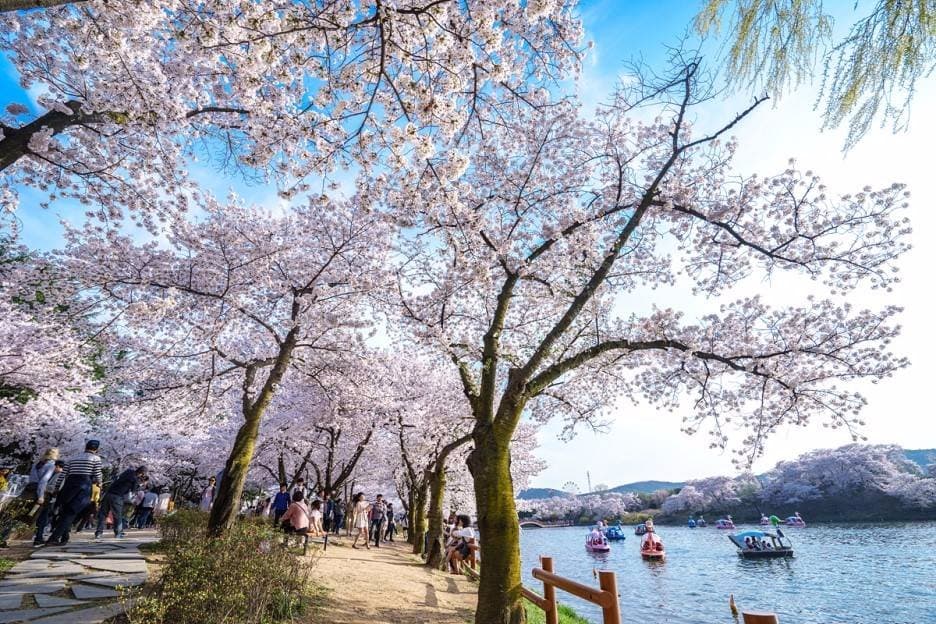
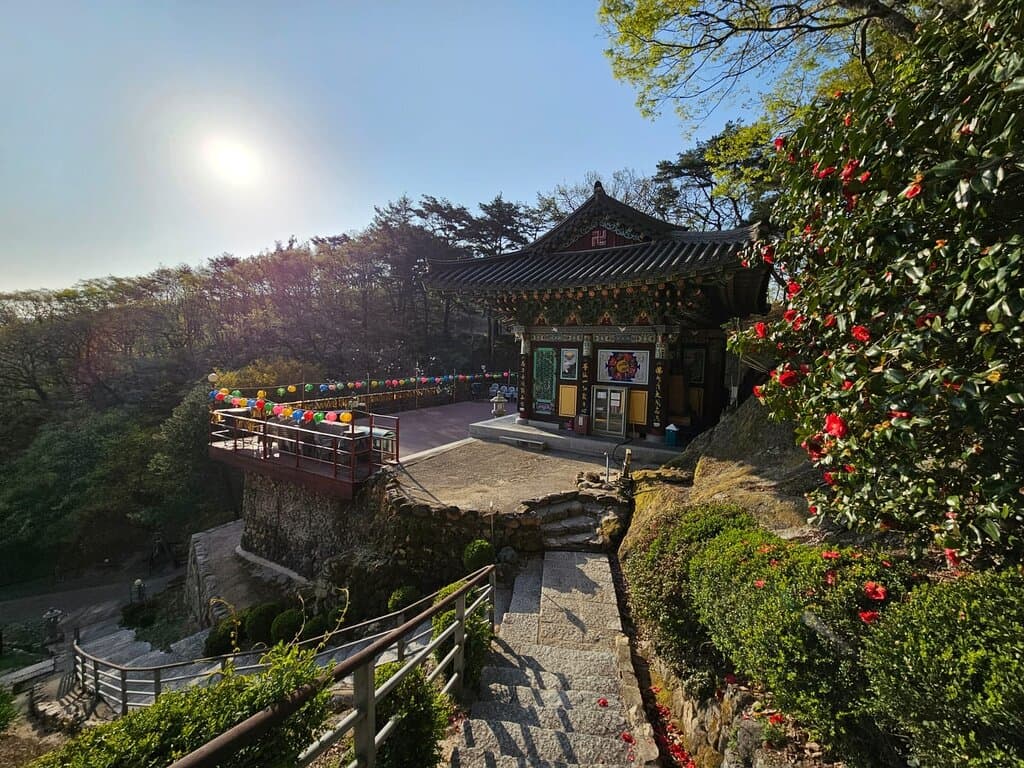
Social
from TikTok, Instagram & Reddit